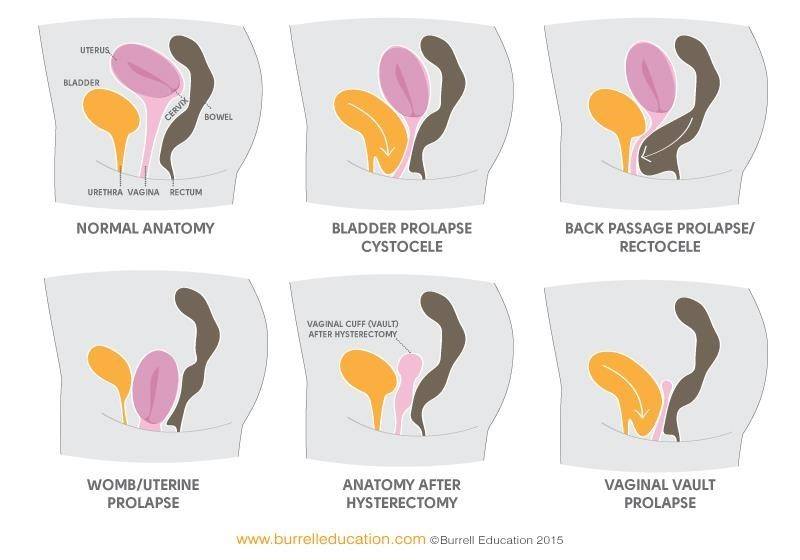Pelvic Floor Knowledge Bombs (part 1)
Not so long ago, I blogged about the news article on the issues with vaginal mesh implants and this week, amongst the carnage of Hurricane Ophelia and the scandal around Harvey Weinstein, the subject of this kind of surgery has been in the news again. You can read a BBC article here.
As many of my regular class participants and followers of me on social media know, I am a ‘pelvic floor enthusiast’ and it’s a muscle and subject very close to my heart (well approximately 40cm away from my heart if we’re going to get anatomical about it, but you know what I mean!)
Obviously the surgical procedure talked about in the news is something that may not be on the agenda for the majority women. It does however, highlight the fact that surgical solutions to pelvic floor dysfunction such as Pelvic Organ Prolapse (POP) or incontinence issues are less than optimal.
So in terms of preventing or delaying the need for intervention like this it is worth bearing in mind the following information:
What stresses the pelvic floor in the first place?
The pelvic floor muscles and the connective tissue which attach to the underside of your pelvis are complex and essential for many things including maintaining continence, supporting your pelvic organs, sexual function and your overall core function (with other muscles).
Life changes such as pregnancy, the hormonal changes of the peri-menopause and menopause can weaken the connective tissues and muscles. Postural issues can put them under pressure, as can extra weight as the muscles are loaded in different ways.
Able to withstand some pressure, if these muscles are already weakened, the added pressure of ‘explosive’ bodily functions (think sneezing, coughing, laughing – even vomiting) or external explosive action (jumping, running) can strain them further.
Lifting heavy things or straining (even on the loo) can also cause pressure against these muscles that stresses the tissues. (Constipation is also for another blog!)
What are the warning signs?
An obvious warning sign of a weakened pelvic floor is the leaking of urine, sometimes noticeable with the ‘pressure moments’ described above. Given the muscles also support the bowel, passing wind without warning or leaking poo is also a strong warning sign that the muscles need some attention.
A lesser talked about dysfunction are the different types of pelvic organ prolapse (POP). More common than many women realise (current studies suggest that as many as 50% of women who have given birth twice or more will develop POP at some stage) , there are different types and stages. I will save this for another blog but here’s a useful image of the different types from the Holistic Core Restore® programme:
Tell-tale signs of a prolapse can include a heavy, dragging feeling in the vaginal area, low back pain, pelvic pain or just a feeling that ‘something is there’. Some women with POP find it hard to insert or keep a tampon in. Sometimes sex can be painful or difficult and if the prolapse is a stage 3 or 4, there may be tissue protruding from the body.
So who can help?
In the first instance, if you think you have a prolapse, or are very worried about any leaks you are experiencing, make an appointment with your GP or self refer to a Women’s Health Physiotherapist. Please don’t be embarrassed, it is very common and it’s their job to help.
With regards to physical exercise, I posted a video on Facebook last week urging women to speak out in any exercise situation that is making them uncomfortable. Given a lot of women have given birth, it is foolish to think that this is an issue that doesn’t affect many people! Trust that any issues you may experience like this can be discussed openly and without embarrassment with me and do consider signing up for the Holistic Core Restore® Everywoman course. It has literally changed hundreds of women’s lives. If you are not local to me, check out the main page for Holistic Core Restore® here.


